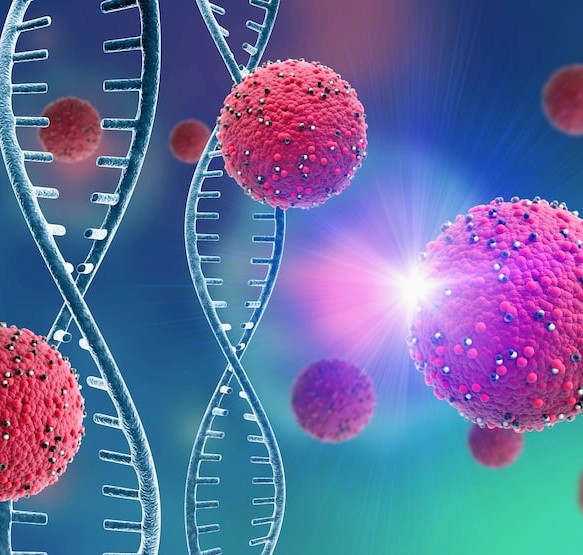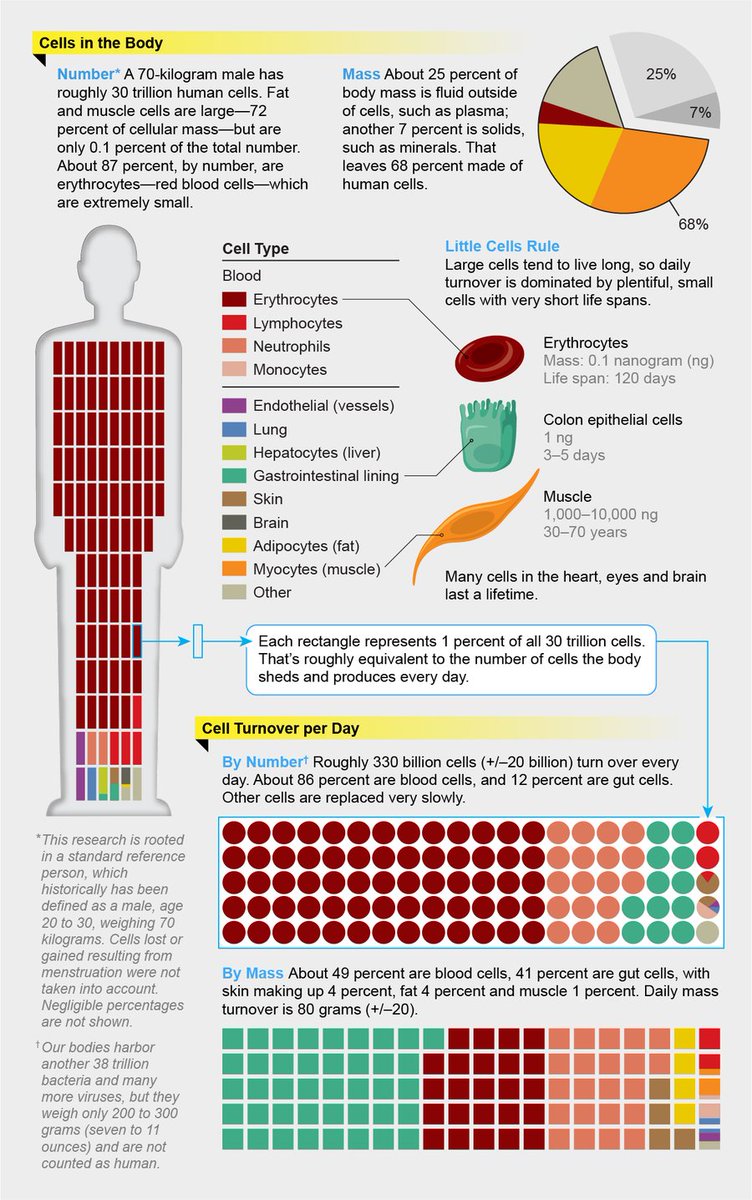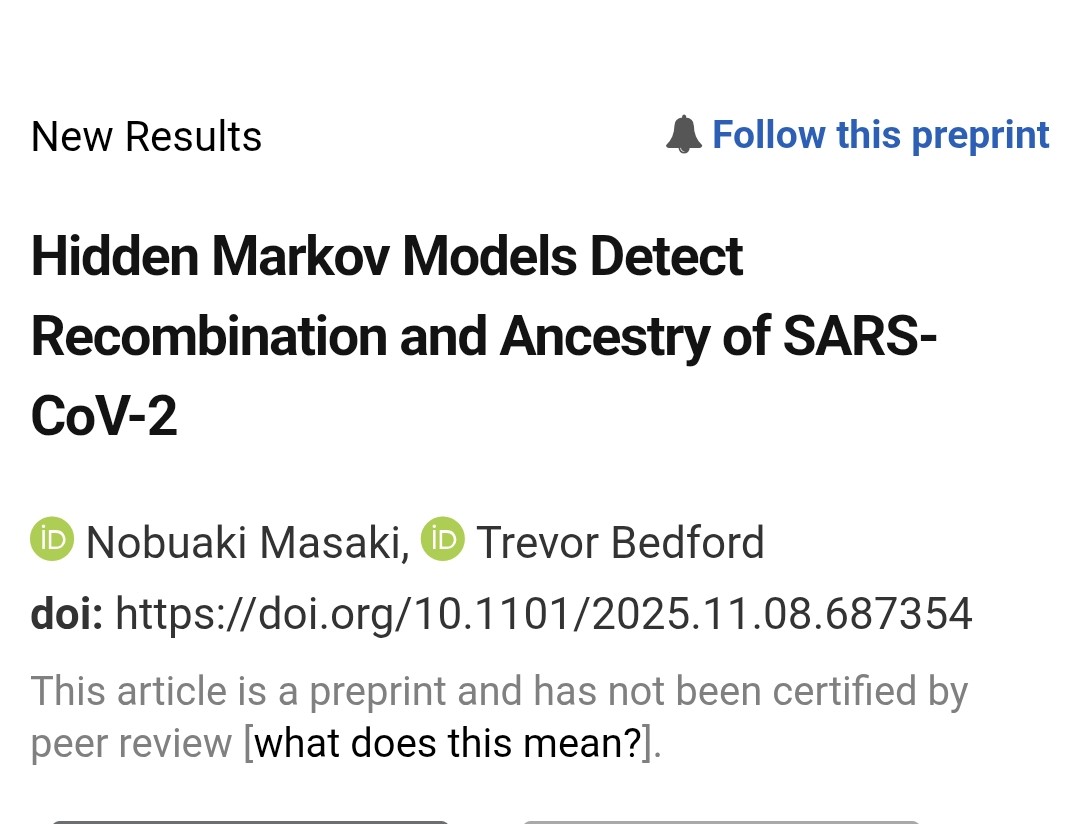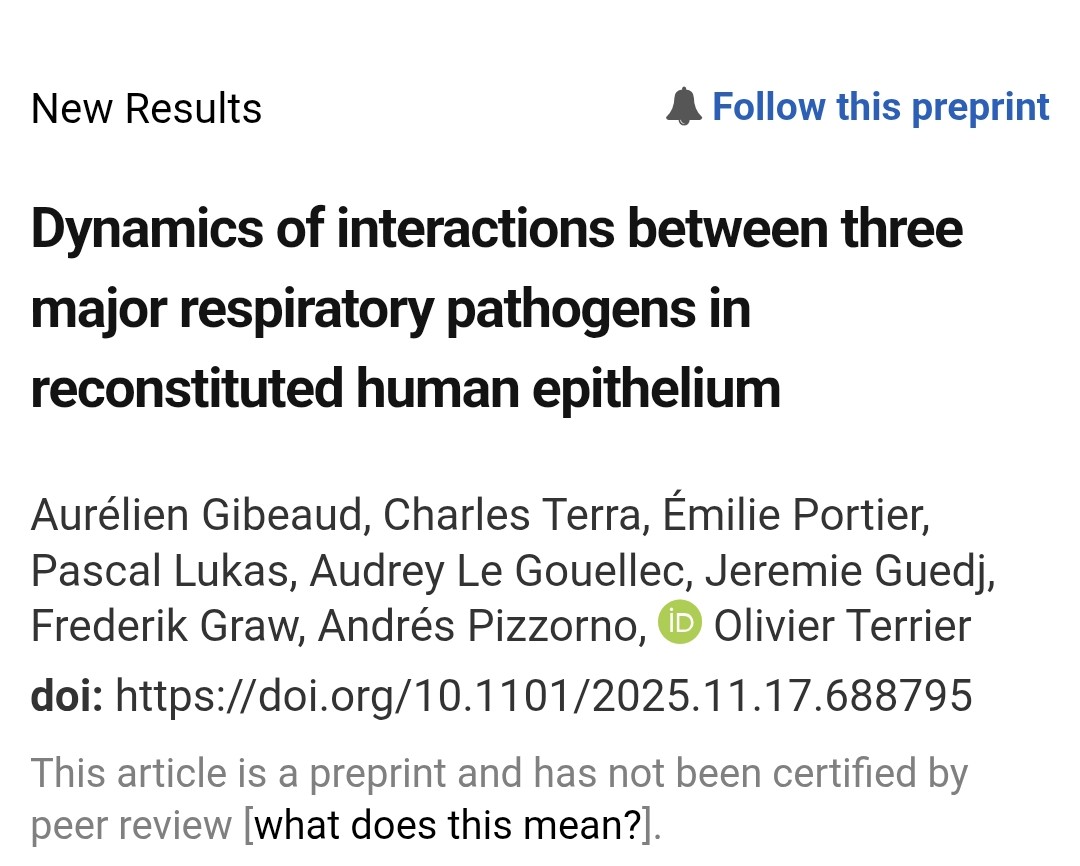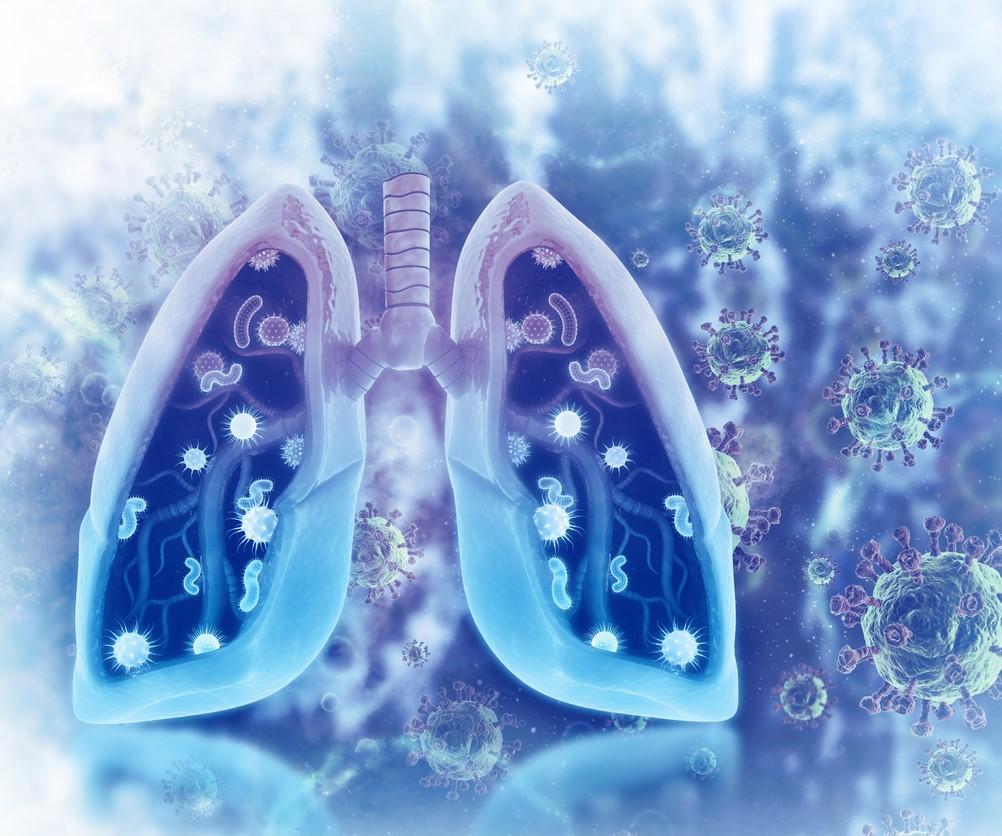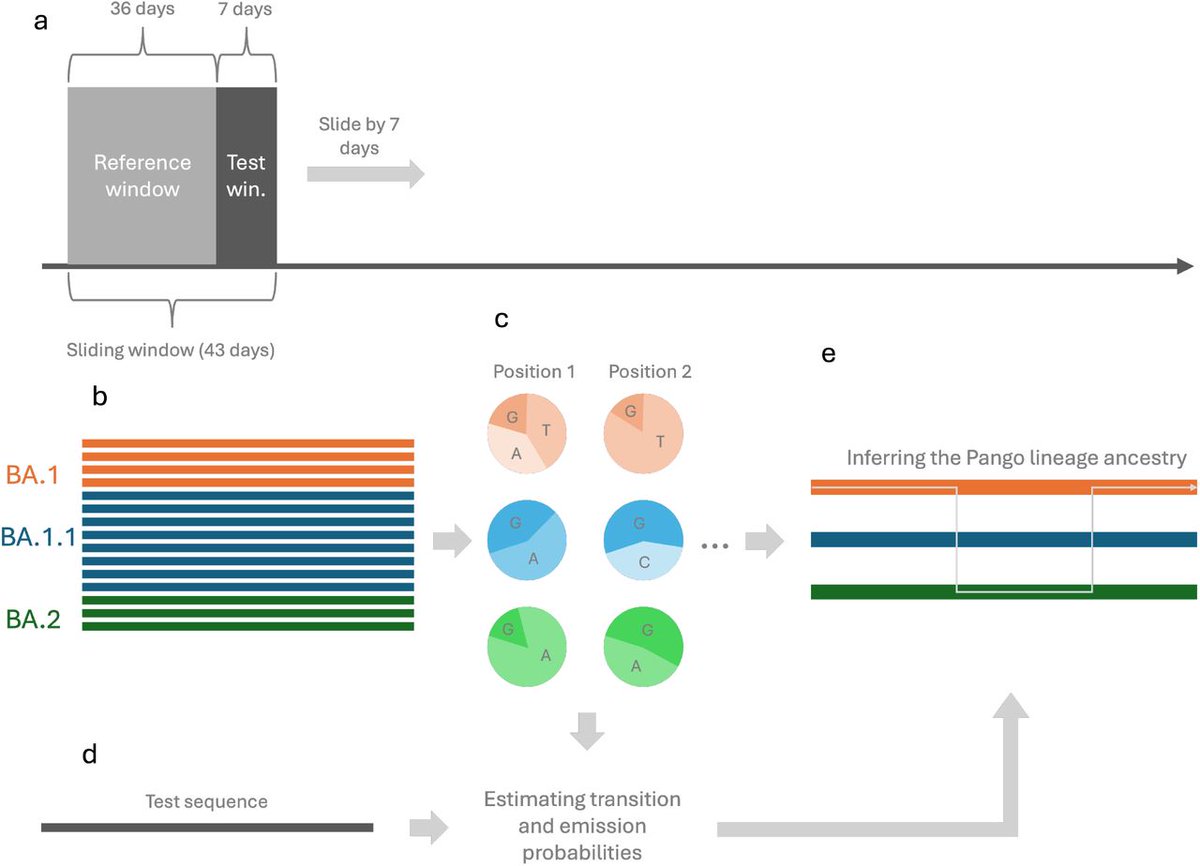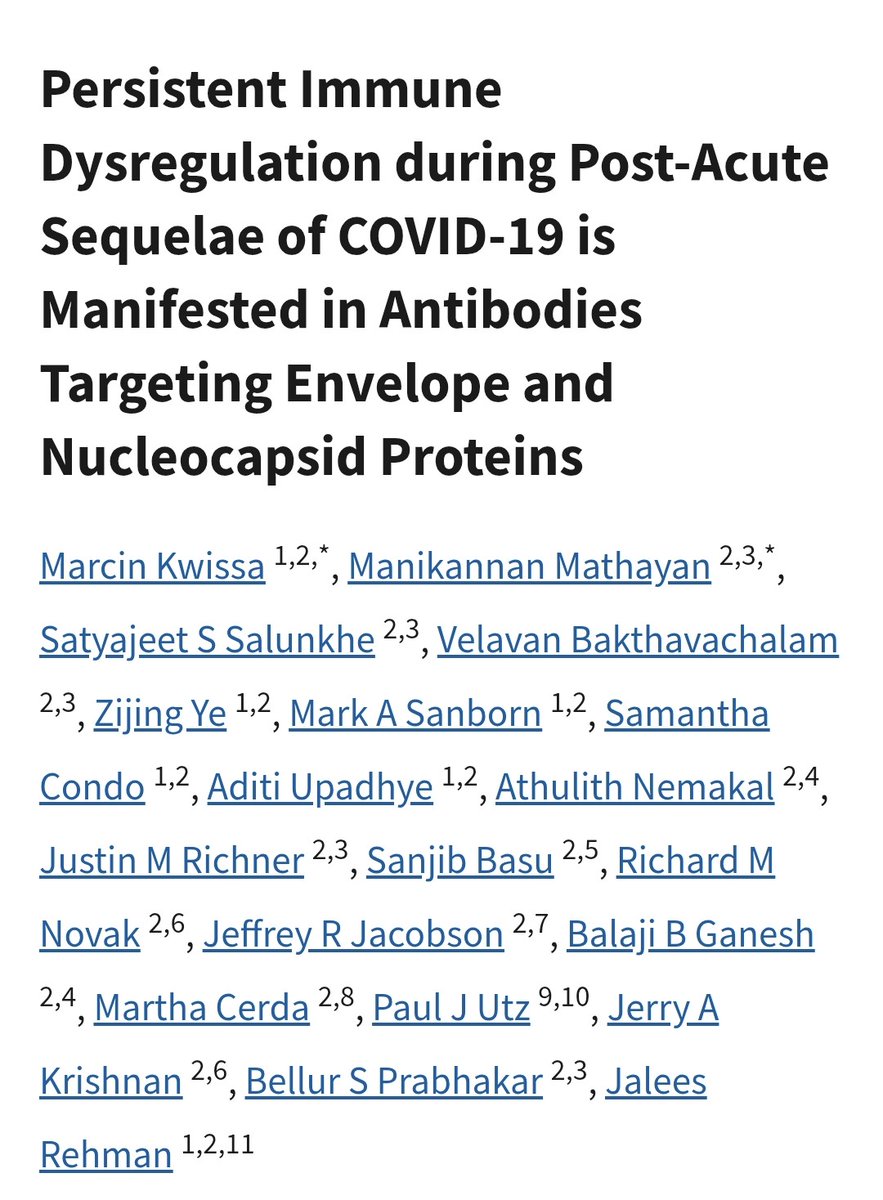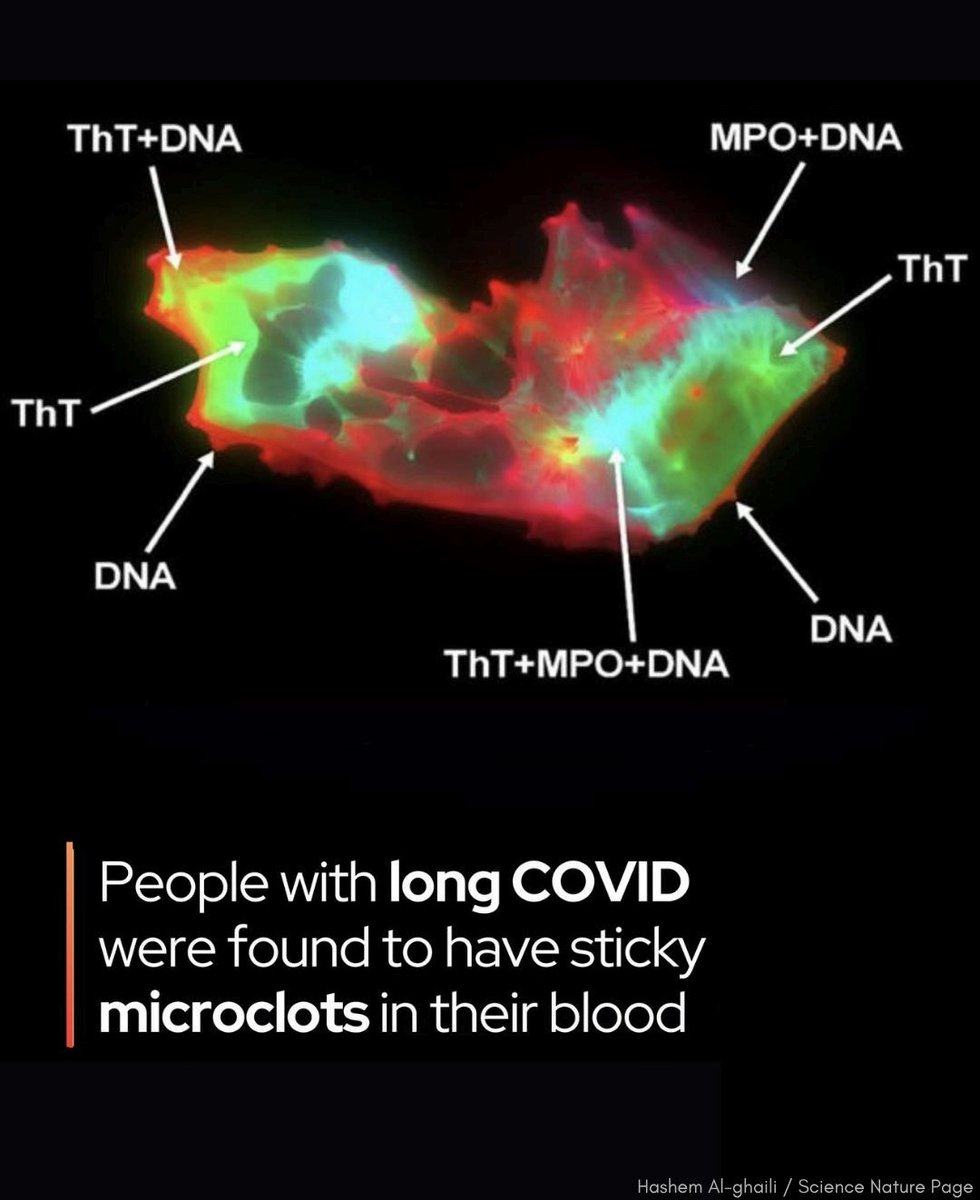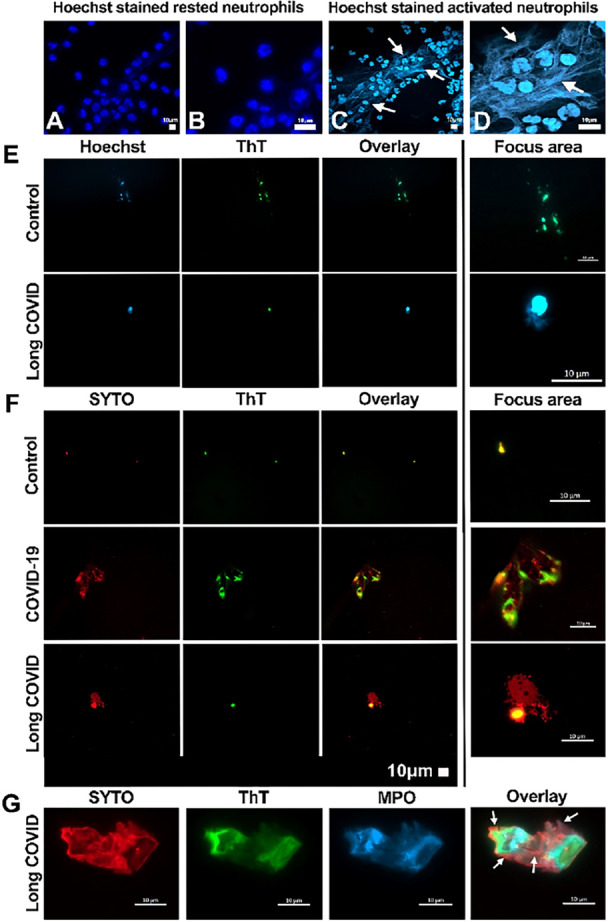𝗞𝗲𝘆 𝘀𝘁𝘂𝗱𝘆 👍
"𝗧𝗵𝗲 𝗮𝗶𝗿𝗯𝗼𝗿𝗻𝗲 𝘁𝗿𝗮𝗻𝘀𝗺𝗶𝘀𝘀𝗶𝗼𝗻 𝗼𝗳 𝘃𝗶𝗿𝘂𝘀𝗲𝘀 𝗰𝗮𝘂𝘀𝗲𝘀 𝘁𝗶𝗴𝗵𝘁 𝘁𝗿𝗮𝗻𝘀𝗺𝗶𝘀𝘀𝗶𝗼𝗻 𝗯𝗼𝘁𝘁𝗹𝗲𝗻𝗲𝗰𝗸𝘀"
nature.com/articles/s4146…

"𝗧𝗵𝗲 𝗮𝗶𝗿𝗯𝗼𝗿𝗻𝗲 𝘁𝗿𝗮𝗻𝘀𝗺𝗶𝘀𝘀𝗶𝗼𝗻 𝗼𝗳 𝘃𝗶𝗿𝘂𝘀𝗲𝘀 𝗰𝗮𝘂𝘀𝗲𝘀 𝘁𝗶𝗴𝗵𝘁 𝘁𝗿𝗮𝗻𝘀𝗺𝗶𝘀𝘀𝗶𝗼𝗻 𝗯𝗼𝘁𝘁𝗹𝗲𝗻𝗲𝗰𝗸𝘀"
nature.com/articles/s4146…

2) The transmission bottleneck refers to the number of viral particles that initiate an infection in a new host. Past studies have suggested for viruses like influenza and SARS-CoV-2, it usually involves just a few particles.
3) The authors developed mathematical models to simulate the physical process of airborne viral transmission through coughing/breathing. Factors like particle emission/diffusion, evaporation, sedimentation, ventilation and virus inactivation over time were accounted for. 

4) Across different environments modeled (office, bus, nightclub, lounge), the simulations predicted that tight transmission bottlenecks prevail in most cases, with the majority of infections initiated by a single viral particle. 

5) Exceptions were predicted at very high effective viral loads (much higher than estimates for SARS-CoV-2), where a single inhaled particle could carry multiple viruses. Another exception was very high particle emission volumes combined with high viral loads. 

6) The results provide a physical explanation for past inferences of small bottlenecks from genomic studies, and predict tight bottlenecks are more generally expected in respiratory virus spread through the air. 

7) The findings were robust to variations in modeling parameters and assumptions, lending support that tight bottlenecks dominate airborne transmission through routine respiratory behaviors like coughing and breathing.
8) In summary, the article presents computational models simulating airborne viral spread that independently predict tight transmission bottlenecks are the norm, except in rare high exposure scenarios ...
9) ...providing further evidence this is a general feature of respiratory virus evolution.
Thanks for reading 🙏
Thanks for reading 🙏
• • •
Missing some Tweet in this thread? You can try to
force a refresh


